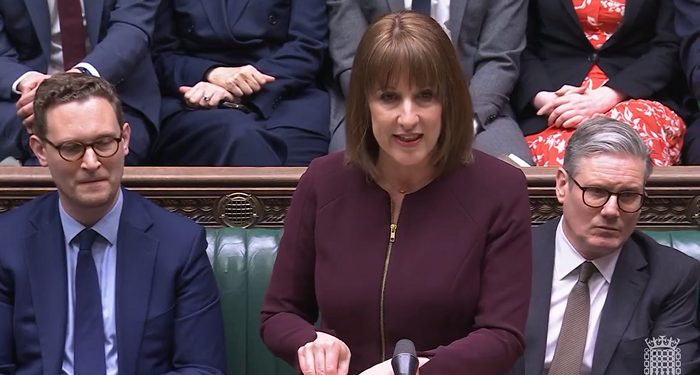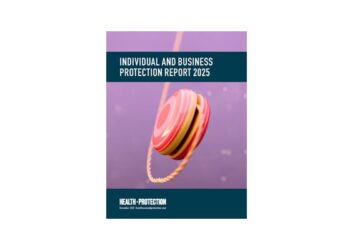The average household will be around £500 better off in real terms by 2028-29 with those on lower incomes seeing the greatest uplift, according to analysis by HM Treasury (HMT) published as part of the Spring Statement.
However, the Office for Budget Responsibility (OBR) highlighted there is “significant risk” around chancellor Rachel Reeves (pictured) meeting her economic plans with little more than a 50:50 chance of doing so.
As a result, industry commentators have warned there is potential for further tax rises later in the year or in 2026.
The HMT analysis shows that only the highest 10% of earners will feel the pinch from Reeves’ tax changes made at the Autumn Budget 2024, with this group expected to be around £400 worse off in 2028-29.
The lowest 40% of income earners are all expected to be around £600 better off under the changes.
“On average, the bottom and middle of the income distribution – 60% of all households – will receive more in public spending than they contribute in tax,” HMT said.
It added that on average, households in the lowest income decile will receive more than four times as much in public spending than they pay in tax.
‘Significant risk’
However, the independent OBR noted that while Reeves had restored the economic headroom to meet her fiscal rules at the end of the spending period, there were concerns around this.
“There is significant risk around the central forecast for the current budget,” it said.
Based on simulations it added “the probability of meeting the fiscal mandate is 54%”.
The £9.9bn headroom against the fiscal mandate is only one-third of the average of £31.3bn that chancellors have set aside against their fiscal rules since 2010, it highlighted.
“It is also a very small margin compared to the risks and uncertainty inherent in any fiscal forecast,” it continued.
“And risks to the forecast are heightened at present given the significant uncertainty surrounding domestic and global economic developments.”
The OBR also warned “the long-term fiscal outlook remains very challenging, with pressures from an ageing population, climate change, and rising geopolitical tensions putting the public finances on an increasingly unsustainable path”.
It also made changes to its economic growth predictions, cutting the forecast for this year in half from 2% to 1%, but increasing figures for subsequent years.
Painted itself into a corner
As a result, there is speculation more tax rises or spending cuts could come in the near future.
Hargreaves Lansdown head of personal finance Sarah Coles noted the increased growth figures after this year along with the £500 boost to real incomes were welcome news but it was in a tight spot.
“The spending cuts have kept Reeves the right side of her fiscal rules,” Coles said.
“However, there’s not a vast amount of space in the budget, so if we don’t get the growth the government is hoping for, there could be tax rises lurking in the autumn Budget.
“The election pledges painted Labour into a bit of a corner, because it promised not to raise any of the big three revenue raisers: income tax, national insurance or VAT.
“If the party sticks with these pledges, it’s going to need to make a myriad of changes to other taxes – and even consider a new kind of tax – to try to close the gap.”






